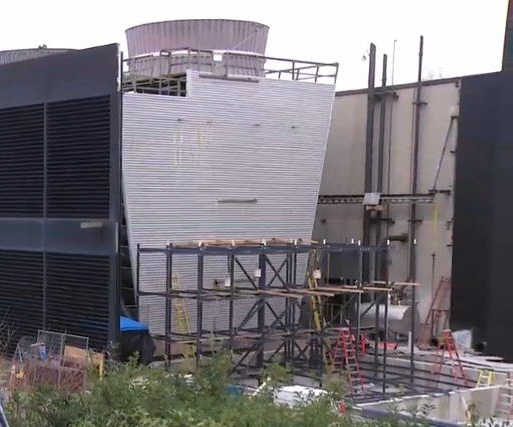In Search of 100 Million Gallons
What if there was a major disruption of the city of Worcester's water supply? How would UMass Chan Medical School function for an extended period of time? That’s the remote but possible scenario at the center of a water resiliency study recently launched on campus.
Funded by the state Division of Capital Asset Management & Maintenance (DCAMM), the feasibility study is being done by the firm Sustainable Water of Virginia to explore alternatives to supply up to 100 million gallons of non-potable water to the Worcester campus annually.
“Of course, we have emergency plans in place now that rely mostly on bottled water and bringing tanker trucks to campus for emergency supply. But we want to explore more resilient options,” said John Baker, associate vice chancellor for facilities management at UMass Chan.
The study is limited to non-potable water. UMass Chan uses about 200 million gallons of water each year at its Worcester campus. About half of that is used by people for drinking, cooking, washing, toileting and clinical or research processes. The other half, about 100 million gallons, is used by the power plant in the cooling towers and for making steam. “People always think about fuel, but water is a critical input for the power plant,” Baker said.
Waste water from campus buildings flows to the Blackstone Valley water treatment plant in Millbury. The majority process water used in the plant is ultimately evaporated through the power plant’s cooling towers.
The study will examine the feasibility of using campus-based sources of water, including storm water from roofs and paved surfaces, treating and reusing some of the waste water flowing from the campus buildings, drilling new wells, siting additional storage tanks and other options. Those “gray water” sources could be used in regular circumstances to reduce the amount of city water the campus consumes daily, in addition to providing emergency back-up for fire suppression and power plant process water. The study is expected to take about six months.
“In general, it would be better to have water resources available directly on campus, rather than trucking in water,” Baker said. “Our essential mission is ‘continued operations," doing whatever we can to make sure the campus is always functional. This kind of forward-looking planning is part of that mission.”

